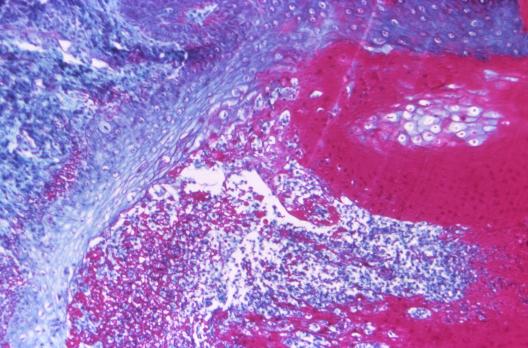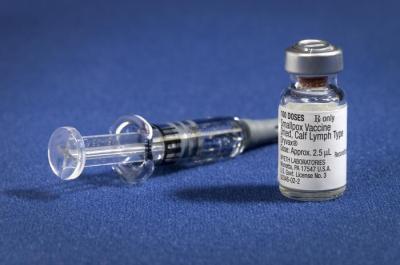The WRCEVA program maintains the Emerging Viruses and Arboviruses Reference Collection and provides reagents and support for investigations of virus outbreaks throughout the world.
Research
Research Areas
Grants & Contracts
Clinical Trials
News & Events
About NIAID
Website Policies and Notices



